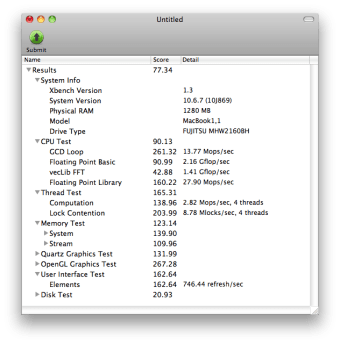

While doing a combination of word processing, surfing the Web over Wi-Fi and listening to music through iTunes, the battery needed a recharge after 4.5 hours. I also turned off some of Apple's aggressive energy-saving settings in the Energy Saver preference pane, because I like to keep the screen from dimming on me if I turn away for a minute or two. MacBook Pro as I would normally, with the screen at about 80% brightness. (As with DVD viewing, I saw the biggest improvement logged into the "clean" test account.)įirst, I set up the 15-in. When it comes to more mundane tasks such as surfing the Web over Wi-Fi, editing Word documents, checking e-mail and sending out tweets, the battery life is also better than before. (I haven't yet figured out what may be running in the background in my account that cuts down on battery time.) Voila! I managed just over five hours of movie watching on battery power.

So I created a new account and tried again. Apple says to expect 4.5 hours of use when watching DVDs full-screen at full brightness I had to plug in the MacBook Pro after 3.5 hours of use. As for battery life, at first I didn't see a major improvement over previous MacBook Pros. In fact, I watched three back-to-back episodes of Mad Men at full-screen resolution with the brightness turned all the way up and they looked almost as good as they do on my hi-def TV at home. On those counts, the MacBook Pro's sharp, LED-backlit screen looks great. When it comes to graphics, I judge how well a laptop plays back high-definition digital video: Are the colors rich and saturated? Is there any image "smearing" or obvious pixilation? That's something gamers should notice, because it allows for more details in graphically intense games. model, and about 20% faster than the Nvidia 9600M GT used in the last MacBook Pro line. The 330M, according to Apple, is about twice as fast as the Nvidia GPU in the 13-in. Remember, in this case you're switching in the background between Intel's integrated graphics and Nvidia's discrete chip.) (One thing this is not is Nvidia's Optimus architecture, which does much the same thing but with Nvidia chips only. Talk about stopping workflow in its tracks. That's a change from the last generation of MacBook Pros, where you'd have to stop whatever you were doing when you needed more graphics power, log out and then log back in. Here's the catch, and it's a good one: The laptop switches back and forth between the two without you having to do anything. If you're surfing or writing a Word document, you're using the Intel HD graphics if you're doing video work with Aperture or detailed jobs in Photoshop, you're using the 330M. model has both the Intel HD integrated graphics for light use and a GeForce GT 330M for more intensive graphics work. Unlike the smallest MacBook Pro, the 15-in. models get between eight and nine hours, depending on which of the two graphics systems you're using. The company estimates that the larger 15-in.

It also has 48 processing cores, triple the number in the old Nvidia 9400M, and is up to 80% faster, according to Apple.Įven with the newer Core 2 Duo processors and the beefy 320M GPU, Apple says the smallest MacBook Pro now gets up to 10 hours of battery life for ordinary tasks such as Web browsing over Wi-Fi. version, 2.66 GHz in the $1,499 model).Īpple says the GeForce 320M is basically a discrete processor working in an integrated fashion, meaning it uses up to 256MB of system RAM. Instead, Apple went with the more powerful Nvidia GeForce 320M GPU and those Core 2 Duo processors (2.4 GHz in the $1,199 13-in. According to Apple, using the Core i3 would have meant relying on the integrated Intel HD graphics subsystem. That's because the Core i3 processor that a lot of Mac fans were hoping for - nay, expecting - didn't fit the bill for the smallest MacBook Pro. My experience so far shows that Apple appears to have hit the mark all around.īefore getting into the details about the 32nm Core i-series processors, I should point out that the 13-in.

What's noteworthy about this revamp - and what Apple officials most like to talk up - is that these laptops are not only faster at data-crunching because of those Core i5 and i7 chips, but they also offer substantially faster graphics - and do both of those things while delivering much improved battery life.


 0 kommentar(er)
0 kommentar(er)
